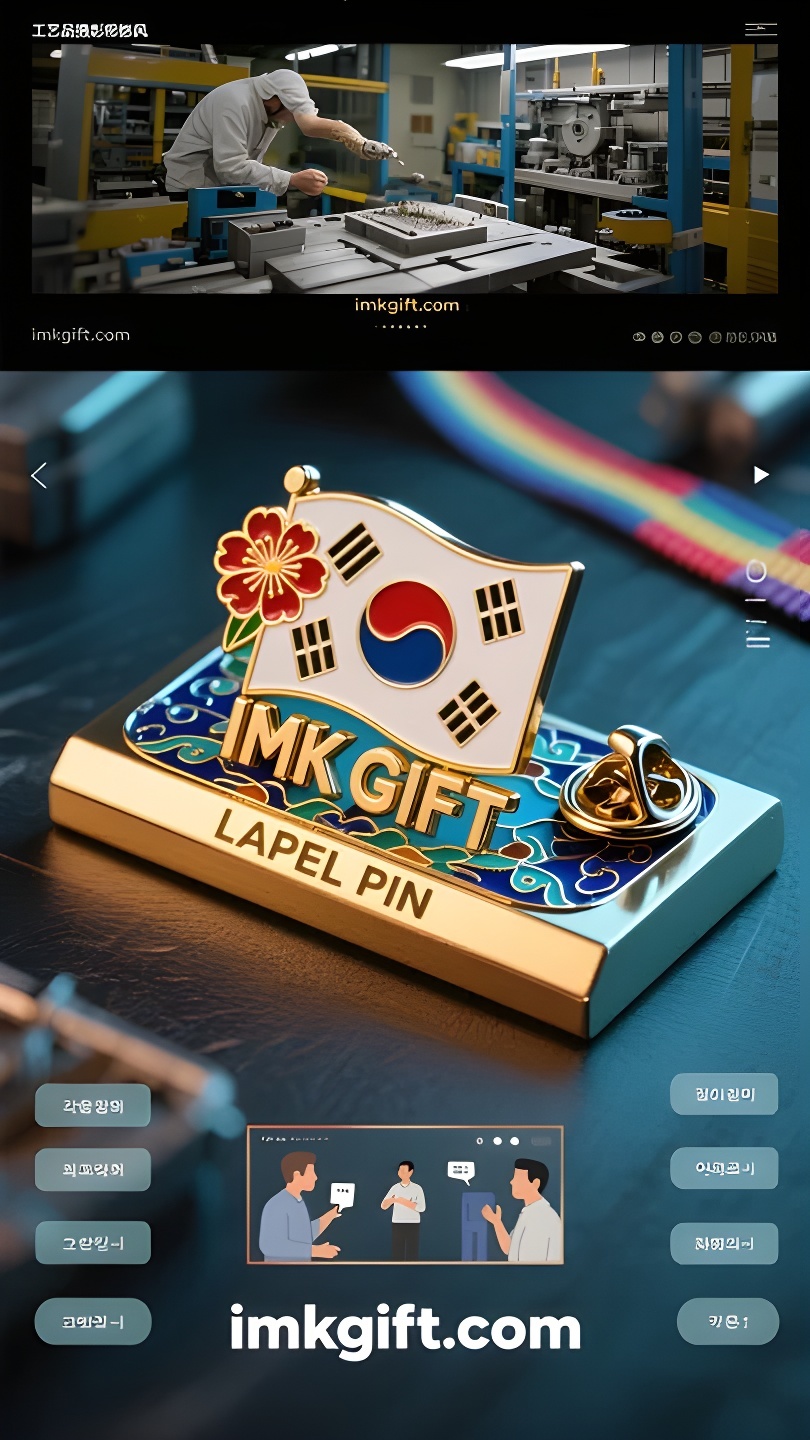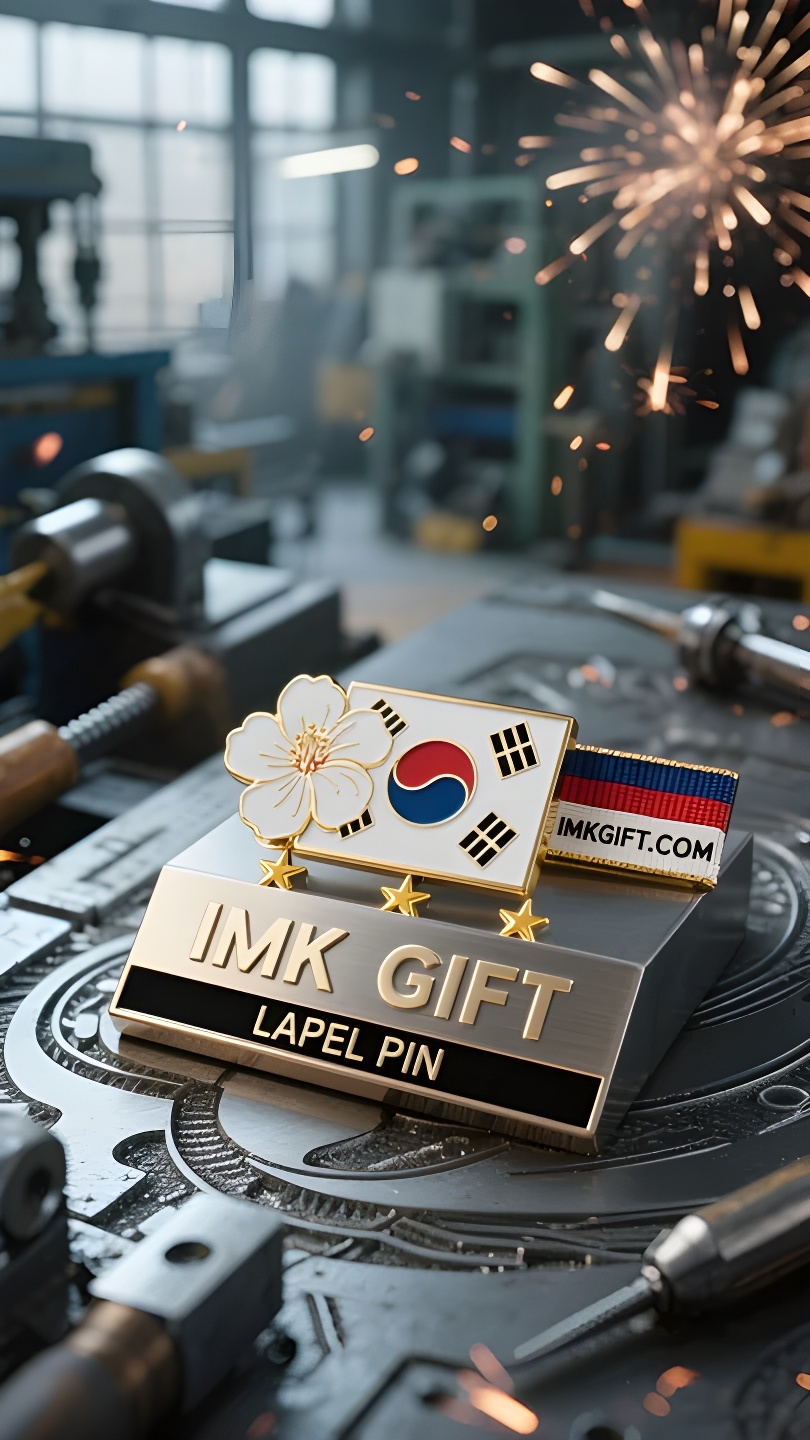in981-히비스커스-종이추-아래의-태극권-패턴
▼
10월의 가을 햇살 아래, 태극기의 붉은색과 파란색이 뒤섞인 태극 문양은 바람에 민족 정신의 주름을 펼쳐 보입니다. 단군 신화의 건국 의지를 다시 읽는 이달, 책상 위의 목화 문진은 고요한 무게로 불안한 역사의 먼지를 억누르고 있습니다. 목화 문진의 모서리와 모서리는 태극기의 육십갑자의 강렬한 획과 같습니다. 문진 바닥에 새겨진 무한한 문양은 반복적인 문지름으로 점점 더 촉촉해집니다. 아침에 피고 저녁에 시들지만 결코 멈추지 않는 이 국화는 역사의 부침 속에서도 반도 사람들의 끈질긴 의지와 같습니다. 문진의 청동 질감은 태극도의 음양상생 철학처럼 종이의 연약함과 미묘한 균형을 이루며 무게와 가벼움의 변증법 속에서 영원을 성취합니다. 현대 사회의 전자적 흐름이 문화적 기반을 휩쓸어 갈 때, 무궁화 문진의 존재 자체가 하나의 상징이 됩니다. 가장 귀중한 정신적 유산은 실체에 의해 계승되어야 하며, 가장 심오한 민족적 기억은 구체적인 의식으로 승화되어야 함을 일깨워줍니다. 국기에 있는 건(乾), 곤(坤), 간(寒), 리(里)의 네 괘가 하늘, 땅, 물, 불을 수호하듯, 이 문진은 책상 위의 문서뿐만 아니라, 반복해서 지워져야 할 문명의 초심을 지켜줍니다. 시간의 흐름 속에서 믿음을 진정으로 안정시킬 수 있는 것은 언제나 그 감촉을 견뎌낼 수 있는 그 무거운 존재들입니다.
In the autumn light of October, the red and blue interwoven Tai Chi patterns on the Korean flag seem to roll out the folds of the national spirit in the wind. This month, when people reread the founding will of the Dangun myth, the hibiscus paperweight on the desk is suppressing the restless historical dust with its calm weight. The edges and corners of the hibiscus paperweight are just like the strong strokes of the four hexagrams of the Korean flag. The infinite patterns engraved on the bottom of the paperweight become more and more moist after repeated rubbing – this national flower that blooms in the morning and withers in the evening but never stops is just like the sustainable tenacity of the people of the peninsula in the ups and downs of history. The bronze texture of the paperweight forms a subtle counterbalance with the fragility of the paper, just like the philosophy of the mutual generation of yin and yang in the Tai Chi diagram, achieving eternity in the dialectic of weight and lightness. When the electronic torrent of modern society washes away the cultural foundation, the existence of the hibiscus paperweight itself becomes a symbol. It reminds us: the most precious spiritual heritage needs to be carried by entities, and the most profound national memory should be precipitated into a concrete sense of ritual. Just like the four hexagrams Qian, Kun, Kan and Li on the national flag protect heaven, earth, water and fire, this paperweight not only protects the documents on the desk, but also the original intention of civilization that needs to be wiped repeatedly. In the folds of time, what can really stabilize beliefs are always those heavy existences that can withstand the touch.
在十月的秋光里,韩国国旗上红蓝交织的太极纹路,仿佛在风中翻卷出民族精神的褶皱。这个月,当人们重读檀君神话中的建国意志时,书案上的木槿花镇纸正以沉静的重量,压住那些躁动的历史尘埃。
木槿花镇纸的棱角,恰似韩国国旗四卦的刚劲笔触。镇纸底部镌刻的无穷花纹,在反复摩挲中愈发温润——这朵朝开暮落却生生不息的国花,恰如半岛民族在历史沉浮中永续的坚韧。镇纸的青铜质地与纸张的脆弱形成微妙抗衡,正如太极图中阴阳相生的哲学,在重与轻的辩证里成就永恒。
当现代社会的电子洪流冲刷着文化根基,木槿花镇纸的存在本身就成为象征。它提醒我们:最珍贵的精神遗产需要实体承载,最深刻的民族记忆应当沉淀为具象的仪式感。就像国旗上的乾坤坎离四卦守护着天地水火,这块镇纸守护的不仅是案头文书,更是需要反复擦拭的文明初心。
在时光的褶皱里,真正能压稳信念的,永远是那些经得起摩挲的、有重量的存在。
▼
Contact Us
📞 Tel: +0086-760-85286839
📧 Email: sales3@imkgift.com








